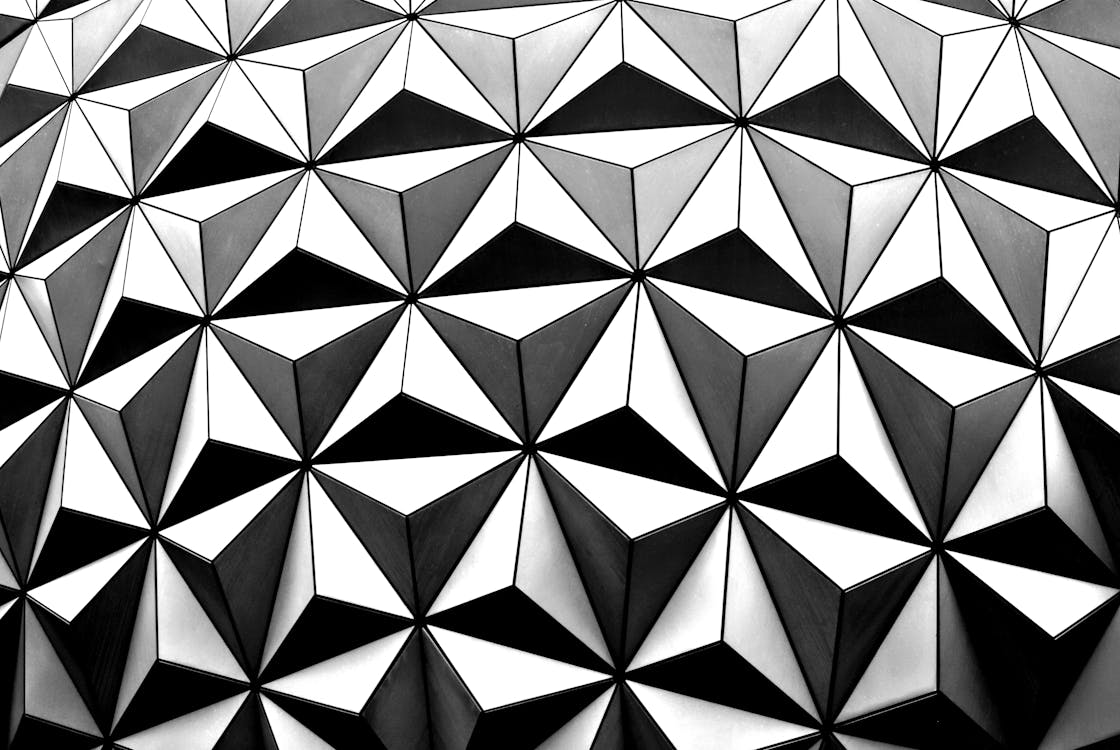Formal Elements
Formal Elements is the basic compositional elements of photographs, consisting of line, shape, pattern, texture, tone and focus. Photographs that utilize these compositional elements tend to invoke interest or other emotions from viewers, or otherwise exhibit various other feelings, commonly emphasizing the authorial intent that a photographer may have.
Lines
Line, being one of the six formal elements, is quite apparent and common throughout objects. Lines, when combined in various angles or lengths, could compose shapes, but lines, to me, represent one part of the physical dimensions that any object may have, or the object itself, in difference from other objects that may be in the foreground or background, or otherwise separated from this object. Commonly, lines are mostly regarded when they are straight, but lines could also include arcs or any sort of line that may be apparent in the photograph or nature. Lines are most notable in abstract photographs if they are used in a repetitive manner or with a certain direction.
 “Converging Lines” (Dooley)
“Converging Lines” (Dooley)
In this example, horizontal lines along the photograph invokes interest since it is a prevalent element of this photograph. The repetition of lines seem to suggest the verticality of the structure (what I’m assuming is the side of a building), or perhaps also reflective of the stark emptiness and lack of use of this structure. The shadow and the barriers/protruding objects also add vertical lines into the mix, which contrasts well with the horizontal lines of the stairs.
Shape
Shapes, to me, is a combination of lines in such a way that it forms a geometric shape of some sort, which is commonly made using the outline or silhouette of objects. Shapes, like lines, are very commonly found and generally make up all objects or parts of objects within a photograph. For it to be significant, shapes are often used in patterns of repetition in such a manner that shapes would become a motif or a prevalent element within a photograph.

(Buchi)
In this photograph, the predominant formal element present is geometric shapes that is made up from the structural design of this object, what seems to perhaps be of a building. The lines at various angles form multiple shapes of triangles which composes the entire picture, with sharp angles that seem to stick out and a curvature to the shapes to add variation to the pattern of shapes.
Texture
Texture mostly pertains to the physical qualities that a shape or object may have, commonly capturing the details of the surface of an object, whether it be coarse or smooth. With the inclusion of texture, more visual detail is captured within the picture and thus invokes interest, depth or contrast.
(Pelletier)
This photo contains many other formal elements, but the focus on tactile texture is arguably the main compositional element of this photograph. The wavy pattern on the leave seem to imply coarseness, but otherwise attracts due to its extreme attention to detail that is normally not noticeable. Texture, in this image, goes hand in hand with elements such as lines, which are quite prevalent with the stems and surface of the leaf forming varying lines.
Value/Tone
Tone (or Value) refers to the range of lightness or brightness, differing between portions of a picture. In other words, tone pertains to the percieving of light combined with color when captured by the image. In most instances, this would pertain to gray tones between white and black, especially in black-and-white photography in which tone is quite significant. Tone usually amounts to contrast and depth being portrayed in an image, but could also pertain to an illusion of form or the creation of some sort of invoking mood.
“Ghastly Arches” (K)
This image utilizes tone by adjusting the image to resemble black and white pictures, providing contrast between the light cast by the light fixtures and the foliage surrounding the arches. The colors used in the picture itself are also adjusted to be colder or tinted blue to invoke feelings of coldness and, perhaps, melancholy.
Focus
The element of focus pertains to the sharpness or bluriness of objects within the image. Being controlled manually by the depth of field, this allows for certain objects within an image to be put at the center of attention or at a specific perspective, as well as portraying depth, all of which contribute to attracting interest to a specific portion of the photograph.
(Schulenburg)
In this image, a shallow depth of field is used to direct interest and focus towards the bird and the tree that it is on, therefore resulting in the background being blurry and the bird being sharp in the picture. The use of focus also is indicative of depth by portraying the bird and tree to be in the foreground whereas the other scenery or foilage is in the background.
Can Formal Elements be used One at a Time?
I don’t think so. All of the photos above, for example, portray multiple formal elements within the image. Of course, many pictures may have a formal element be more prevalent, but it is virtually impossible for a picture to only contain one of the few elements. All of these elements are closely related to each other, making it not really possible for only one to be used at a time.




